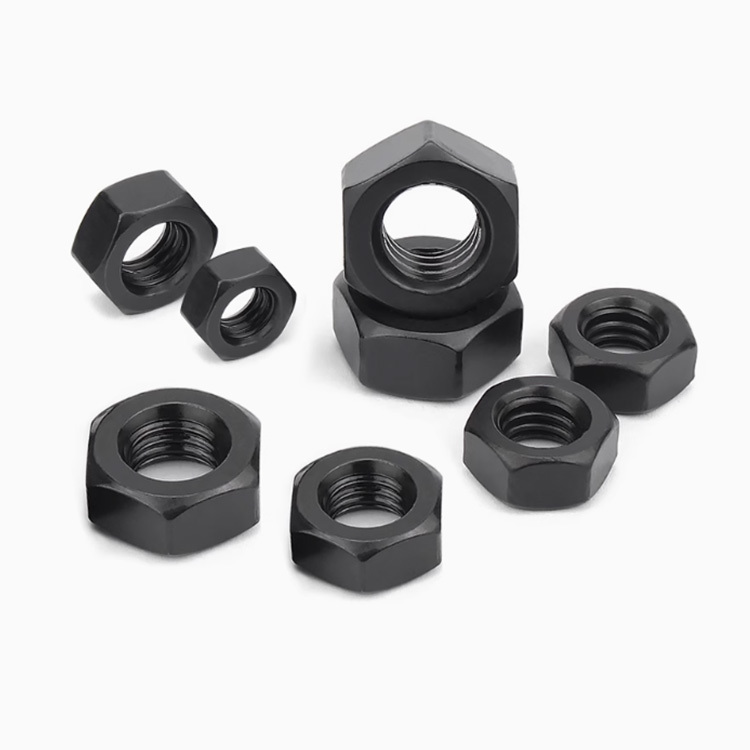What is the difference between a hex nut and a Nyloc nut
Oct 10,2024
Hex nuts and Nyloc nuts are two common types of nuts used in fastener assemblies. Here are some differences between them:
Design: A hex nut is a standard nut with six flat sides and a threaded center section, used to secure two threaded fastener components by rotating the nut. A Nyloc nut is a special type of nut designed with a nylon insert at its top portion to provide increased locking force and to prevent loosening of the assembly.
Application: Hex nuts are typically used in fastener assemblies where frequent adjustments or maintenance is required, such as in mechanical equipment, vehicles, and building structures. Nyloc nuts are typically used in applications that require more secure locking and anti-vibration properties, such as in aircraft, automobiles, and motorcycles.
Advantages and features: Hex nuts are widely used, easy to install and remove, and are versatile in compact spaces. However, they lack any form of locking capability, and may loosen under high-pressure and vibration environments. Nyloc nuts, on the other hand, have a nylon insert that provides resistance to rotation, while still being able to turn easily by hand. They also prevent the nut from loosening, even in high-vibration or high-pressure environments, making them ideal for long-term securing applications .
In summary, hex nuts and Nyloc nuts are both common types of nuts, but their applications and features differ. It is important to consider the required fastener assembly needs and work conditions when selecting between the two, to ensure a secure and safe fastening solution.
PREVIOUS:
Contact Us
Address
Yongnian District, Handan City, Hebei Province, China



